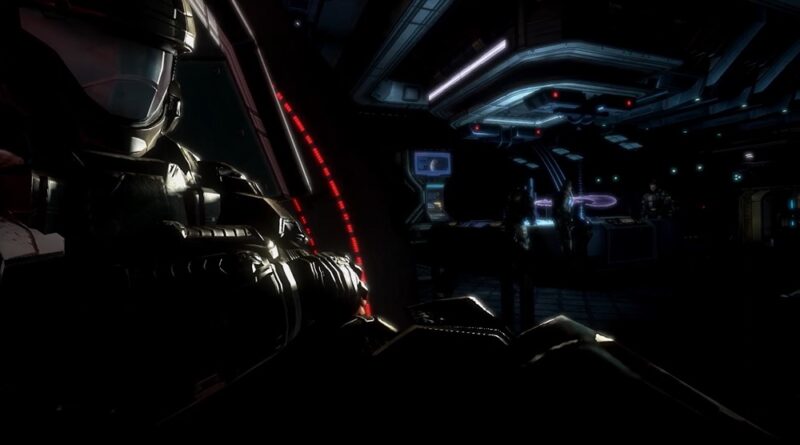Halo 3: ODST is the best in the series
Game Developer Bungie has never been the type to take a victory lap, and had they the choice- Halo would’ve ended with 3. The last two Bungie Halo titles, ODST and Reach, probably weren’t games many people at the company wanted to make. Old guard at the studio certainly said as much.
Back then, Destiny (Codenamed Tiger) was taking shape internally, and the largest portion of Bungie’s employees were working on Halo Reach. Halo 3: ODST was pitched small, and to this day it boasts one of the fastest turnarounds in Bungie development history: From concept to mastering, ODST took fourteen months. Unheard of for a Halo game.
It’s Halo without the Master Chief, Elites, Cortana, the Flood, Battle Rifles, or Forerunners. No competitive multiplayer, no level editor, and it shipped at sixty dollars. ODST should’ve failed.
But Halo 3: ODST is the best in the series, and it’s not even close.
Since Halo 3 had already wrapped up the Human/Covenant War, prequel ODST has the freedom to take its narrative wherever. We get a totally new cast of characters, revamped stakes, and multiple perspectives that tie everything up in a gumshoe detective story.
Gameplay is recontextualized with Halo 3: ODST’s new protagonist, and combat is raw. You still jump like you’re on the Moon, and the player character has “shields,” but everything else is tilted in the aliens’ favor. Brutes tower over the player, ammo can be scarce, and for nearly half the game you’re being stalked through a rainy nighttime cityscape. Fights feel desperate and off balance because they are: This is humanity’s last stand.
The campaign is short, but a six-hour runtime belies ODST’s variety. The Rookie carries on alone in New Mombasa’s dim streets, collecting clues and searching for his squadmates. It’s subtle and introspective. When that wears thin, ODST cuts away to another character for its high-action setpieces.
The A-B mission structure is damn good, and so is the music. Composers Marty O’Donnell and Michael Salvatori ditched the iconic Halo Monk Melody for smooth saxophones and thundering percussion. These tracks go hard. Top marks to “Skyline,” “The Office of Naval Intelligence,” and “Deference for Darkness.”
They just don’t make ‘em like they used to. Halo 3: ODST is consummate work. Where other games in the series can feel meandering or worse, collapse under the weight of their long development, ODST’s brevity and laser-focused design shine. Five stars.
